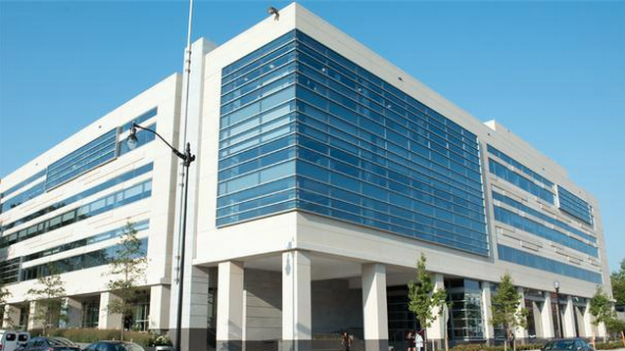Data-centric D.C. program makes strides in sustainability

More data. Less carbon. Zero excuses.
That’s the motto of BuildSmart DC, whose mission is to take a data-driven approach to reducing energy consumption in the capital’s municipal buildings.
Spearheaded by D.C. Department of General Services’ Sustainability and Energy Management Branch, BuildSmart DC has partnered with Pepco, a utility company that serves 265,000 customers in D.C., to stream energy use data for the city’s buildings in intervals as tight as 15 minutes.
“It is imperative that we change how we look at our everyday environments and adjust our behavior,” said Mark Chambers, the department’s director for sustainability and energy, in a release. “Using BuildSmart DC’s open data to educate the 100,000 people moving through the city’s buildings every day about their energy use not only makes economic sense, it throws the gauntlet down for the private sector to do the same.”
BuildSmart DC performs daily updates on each participating building’s “profile,” a sub-page on its website that outlines consumption factors. A slew of tools allows users to plot energy use rates by day, week, month or year, and also access energy cost information for electricity and natural gas. Alex Clifford, a New City Energy consultant who is assisting the DGS in its sustainability efforts, said the information can help point to places that need reform.
“Interval data is significantly more powerful and useful than an electrical bill,” Clifford said. “And data, generally, wants to be open — especially government data.”
The district, which faces some of the highest total energy costs in the nation compared to other states, has been known as a green building leader. It ranks 36th in total energy consumption per capita, according to the U.S. Energy Information Administration in 2012.
BuildSmart’s crowning achievement thus far is the municipal building at 200 I St. NE, which the U.S. Green Building Council awarded the prestigious LEED Double Platinum certification after its extensive retrofit in 2012. Built in the 1950s and used for decades as a newspaper printing warehouse for the Washington Star and Washington Post, the building now boasts a smart roof and high efficiency climate control systems, as well as strategic day-lighting to replace elements of the electrical infrastructure.
The 408,000-square-foot building — home to the district’s Child and Family Services Agency, Office of the Chief Technology Officer and Commission on the Arts and Humanities — is one of 356 buildings on BuildSmart’s data monitoring network. And that number, according to the DGS, is only expanding.
“The goal is clear,” said DGS Director Brian Hanlon. “Make our portfolio of real estate one of the most sustainable in the world.”






